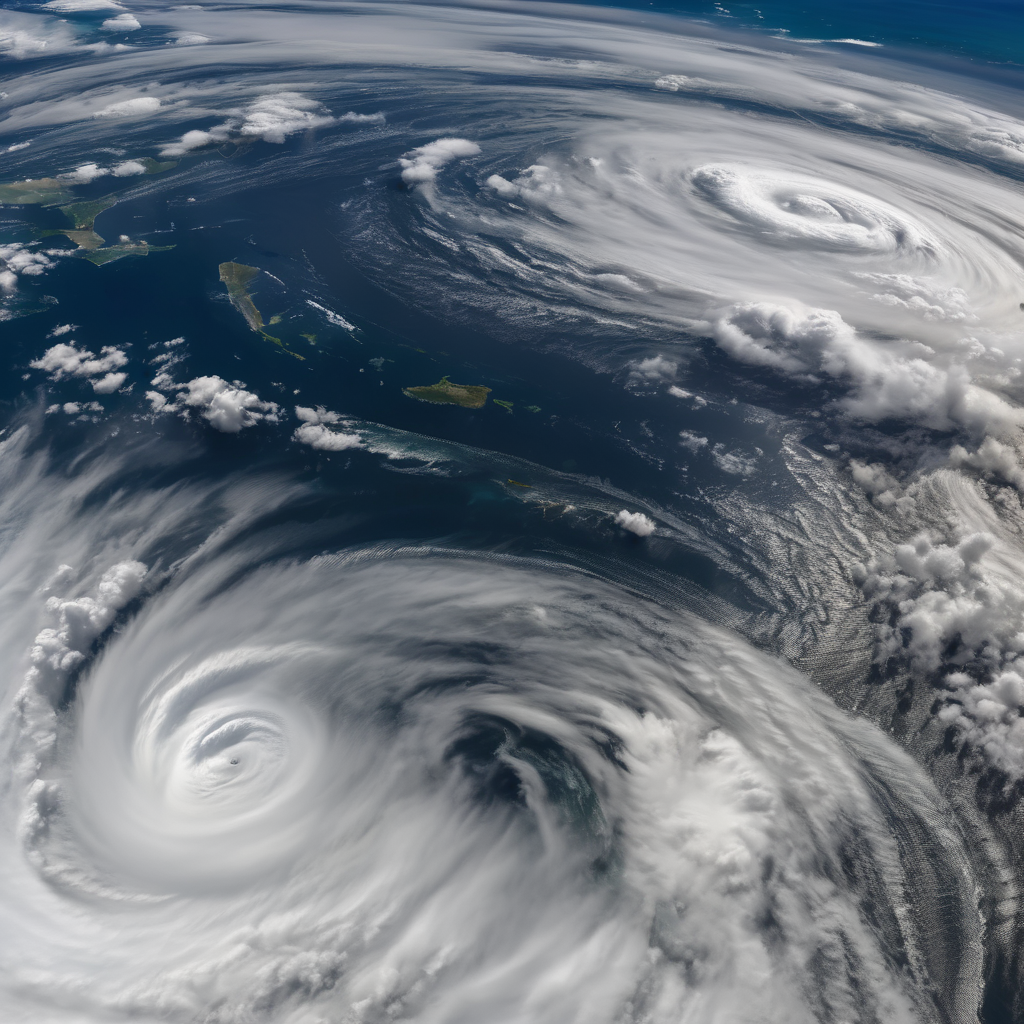A formidable typhoon, named Ragasa, is on a path toward southern China, having already caused significant damage in the Philippines. With powerful winds and heavy rains, this storm has put major cities in the region, including Hong Kong and Macau, on high alert, leading to flight cancellations and the closure of schools and businesses. Millions of people are at risk as the typhoon approaches, expected to bypass major urban centers before making landfall in Guangdong Province.
In advance of its arrival, Hong Kong has observed injuries, landslides, and numerous fallen trees. The city, along with Macau, has issued a T10 hurricane warning, reflecting the storm’s intensity as it generates winds of up to 118 kph. The typhoon’s closest approach is anticipated early Wednesday, with potential sea surges and rising water levels predicted for the late morning and early afternoon.
Ragasa initially struck the northern Philippines, achieving Category 5 hurricane strength with winds exceeding 165 mph, before slightly weakening. Nevertheless, it remains formidable, progressing toward China at Category 4 hurricane levels. Authorities in China have enacted emergency measures, halting public transportation and closing down schools and businesses across densely populated Guangdong.
In preparation for the impact, Hong Kong and nearby regions have seen residents stockpiling essentials, causing supermarkets to run dry. Air travel across the region has faced significant disruptions, with many flights cancelled. Notably, Cathay Pacific has suspended operations from Tuesday evening through Thursday morning.
Rescue efforts in Hong Kong were necessitated when a woman and a child were swept out to sea, prompting a successful rescue operation conducted by civilians and emergency services. The storm has already taken a toll on Taiwan, where fatalities and injuries have been reported following severe flooding induced by the typhoon.
In the Philippines, the damage is still being assessed, with severe conditions leading to the destruction of homes and infrastructure, initiating evacuations of over 24,000 residents. The agricultural sector has been notably impacted, particularly in hard-hit regions, and rescue operations are ongoing in response to landslides and flood-induced emergencies.
As Typhoon Ragasa progresses, it is projected to weaken gradually but still poses a significant threat with strong winds, potential storm surges, and heavy rainfall exceeding 200 mm. The coming days will be critical for the affected regions as they navigate the aftermath of this powerful storm and prepare for its continued impact.
